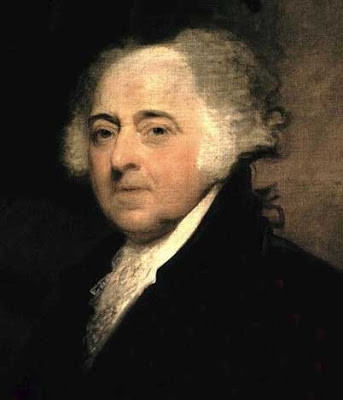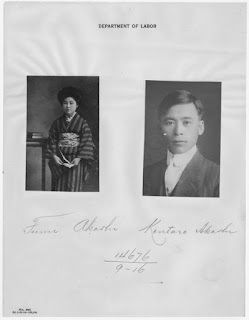Last of the Mohicans (1992) a film by Michael Mann
I’ve held on to this film in DVD format for several reasons. Firstly, it is a good film that showcases quality actors and quality script that stands the test of time. Secondly, the price. $5 at a big box store. This historic drama tells the story of a quickly disappearing way of life, as two cultural worldviews come into conflict and inevitably arrive at an endgame where one side wins, and one side loses. Daniel Day Lewis plays the main protagonist, Hawkeye, an adopted white man frontiersman based on novelist Cooper’s character Natty Bumppo. His adopted father Chingachgook, played by Russell Means, who did not start his acting career until he was in his 50’s. Wes Studi portrays Magua, enemy of Colonel Munro (John Maurice Roëves) and a main antagonist of the film. The casting embraces diversity with sensitivity towards actors of indigenous ethnicity.
The opening shows Hawkeye (Lewis) stalking a buck with his adopted father (Means) and brother, Uncas (Eric Schweig). After their successful hunt, they thank the spirit of the animal and thank him for giving up his life for their benefit. They hunt and trap for their sustenance, trading with the Dutch for silver, as opposed to the British and French custom of trading in “wampum and whiskey.” Their frontier world comes to an end with the war between Britain and France impacting their settler neighbors and friends, the Camerons, who participate in the colonial militia in defense of their homes and in (nominal) support of the British Crown. When the need to protect their homes from war parties conflicts with the needs of the British military, the militia and fort commander Munro come into conflict as to which needs are more important.
The emotional impact of the film is reflective of Mann’s style of film-making. As a director, he portrays the emotional side of the story and the human element in subtle, but engaging, ways. The source material, he said, was a wealth of information but not the be all for his inspiration.
"It's not a very good book," Mann said of Cooper’s original novel. He mentioned the novel comes from a landholding perspective, and “is almost a justification for a massive land grab…that the Euro-Americans will be a better steward of the riches that God bestowed upon American Indians. And that, of course, was not the perspective of American Indians. So the revision of history was one of the things I didn't care for in the novel.” This reflects the times, when many investors saw stewardship of the American continent as justification for their increasingly harsh treatment of indigenous Native American groups.
While the story is historic fiction, Mann captures existential human conflicts that many viewers can relate to. Duty to a greater cause vs freedoms and liberties, self-interest and the honor of the ethnic group are among a couple of the qualities explored in this film.
Overall, this is a capable film that succeeds in drawing the viewer into the characters. While a few scenes seem forced, or the dialogue a little stale, it does not greatly detract from the quality of the film and the actors. Daniel Day Lewis famously only ate what he killed, and learned the skills of a frontiersman to give a more capable performance as Hawkeye. Viewers will appreciate such attention to detail, even though it sometimes teeters on the cliche “white man saves the minority” narrative that comes with such films and Dances with Wolves or Avatar.
Purchase or Stream "Last of the Mohicans" via Amazon
History Notes:
Native American cooperative relationships with European powers
Nathaniel Poe's role as central or peripheral to events
Source material of the original novel and the 1992 film
historical fiction vs factual information


